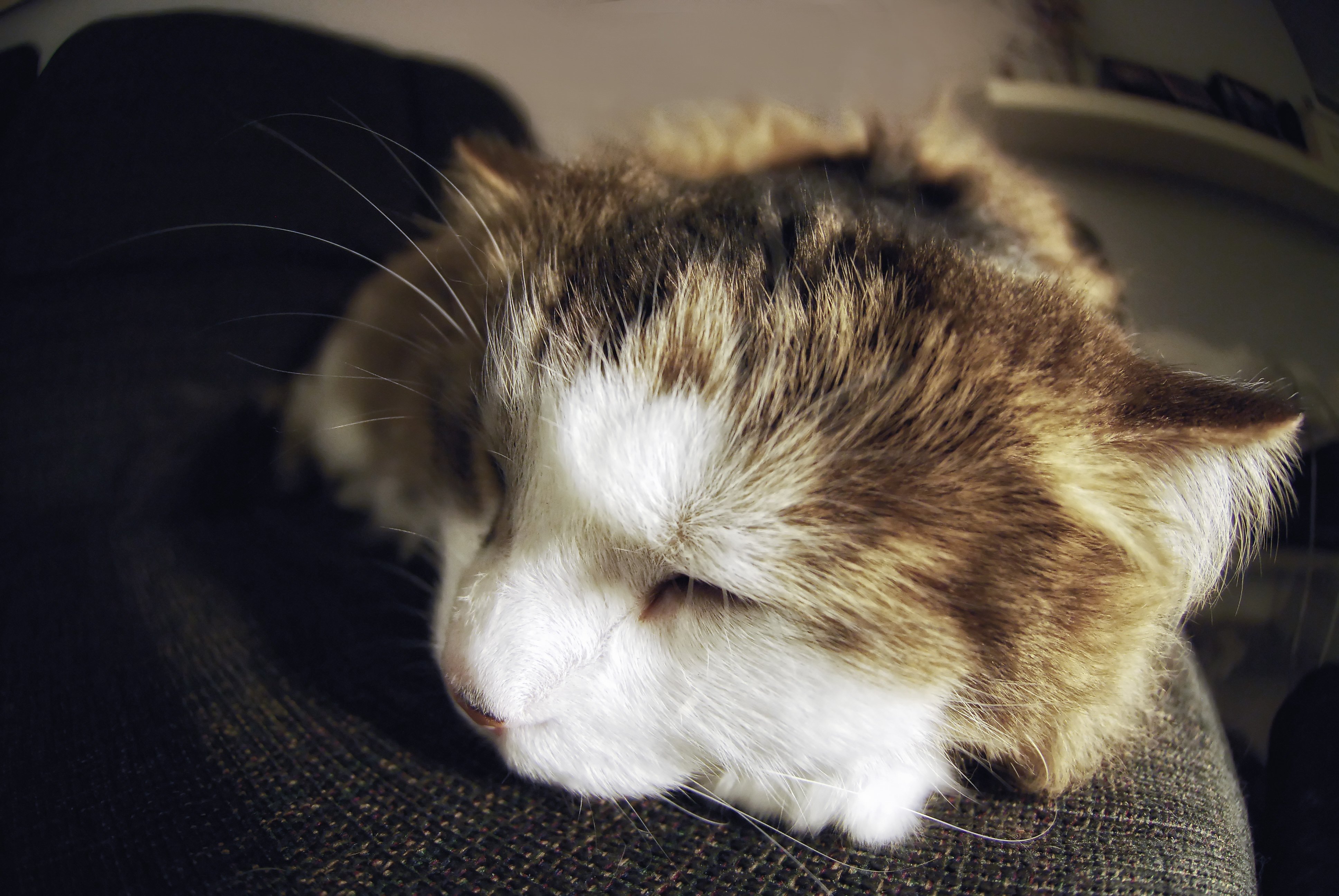Are you Poisoning your Cat with essential oils? Part 1
1.03.2018
If you love essential oils, then naturally you want to help your friends, your family, and your pets with them. Yet when it comes to the topic of cats and essential oils, there is so much conflicting information out there that it’s difficult for anyone to separate the science from the myths. I’ve divided this bulletin into two parts (this week and next week) – this week you have the facts about cats and essential oils. Next week you will learn how to safely use essential oils on your cat, without poisoning them!
Fact # 1 – Cats are easily poisoned
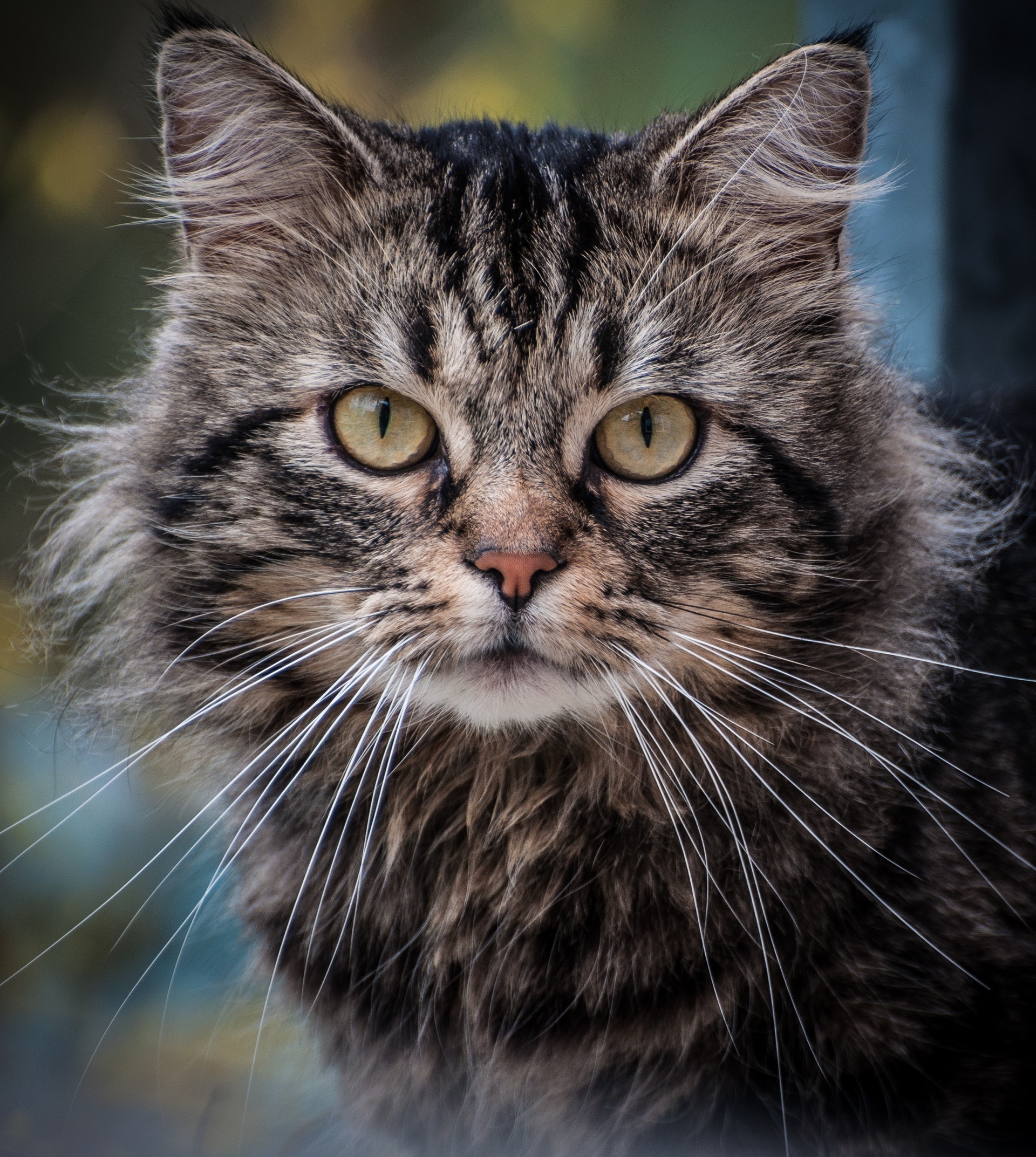 I’m a scientist (a zoologist to be precise), and I love to know the science behind everything. So in this section I’ve included both science-speak and lay-person explanations here, so you can choose the one that works for you!
I’m a scientist (a zoologist to be precise), and I love to know the science behind everything. So in this section I’ve included both science-speak and lay-person explanations here, so you can choose the one that works for you!
Cats are carnivores (meat eaters), and because they are not exposed to plant-based toxins in the way that omnivores and herbivores are, they’ve lost the ability to effectively remove these plant toxins from their body via the usual “glucuronidation” metabolic pathway.
Scientists are fascinated by this, and have discovered that one of the genes present in a cat’s DNA doesn’t function properly (presumably due to multiple mutations over the centuries). This is the UGT gene (UDP-glucuronosyltransferase), which is responsible for making a major phenol detoxification enzyme called glucuronyl transferase.
Because this gene has reduced functionality in cats, they are unable to effectively detoxify phenols. Phenols are found in certain drugs like Aspirin, Benzoic acid, Serotonin, Paracetamol and Meloxicam, and also in certain essential oils.
This means that cats take a long time to process and excrete chemicals (and especially phenols) from their body. If they are given too much at once, it can build up to toxic levels in their body, and it can indeed poison them.
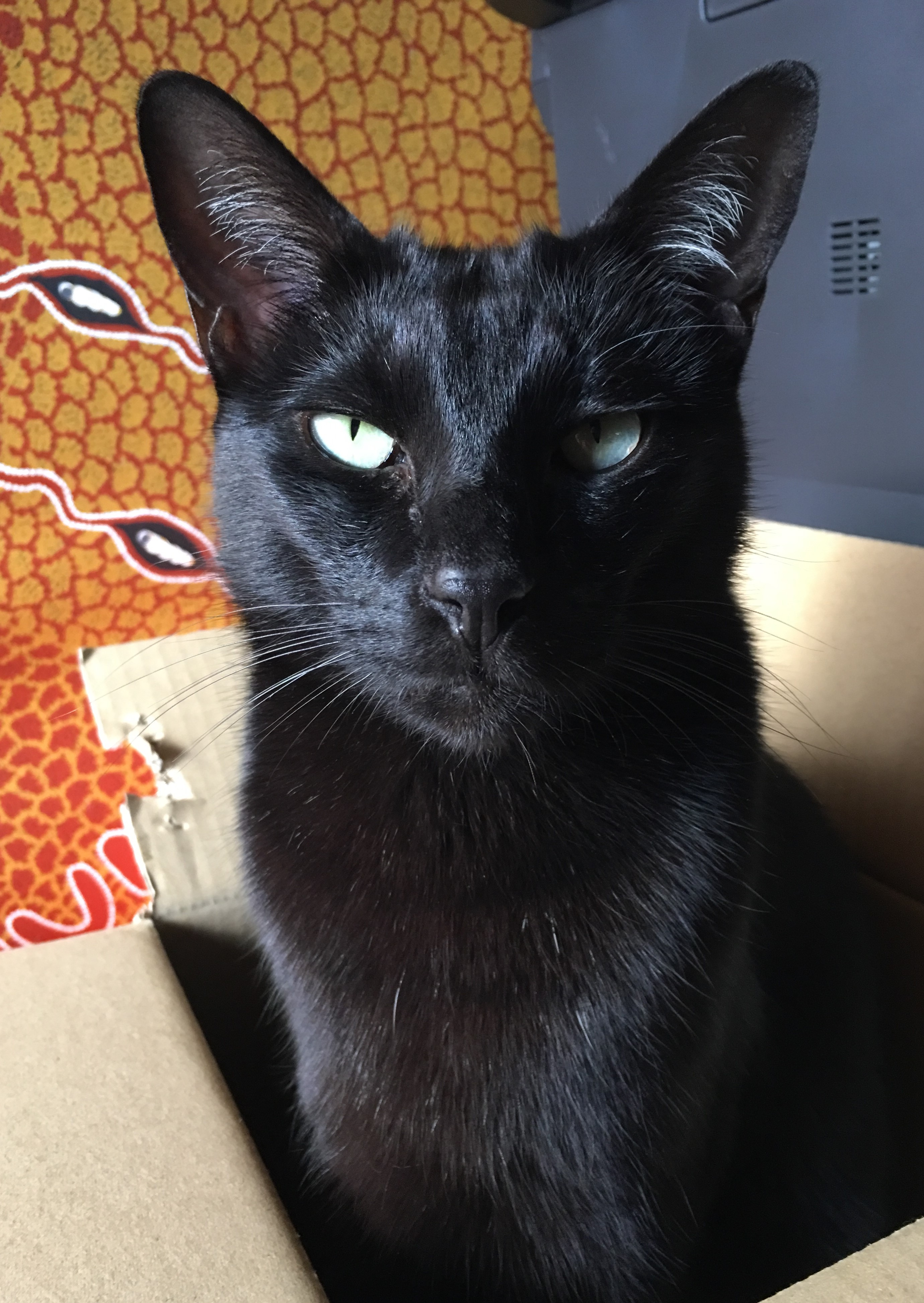 Fortunately for cats, all is not lost. Yes, they are deficient in this glucuronidation pathway, however fortunately for them, they have two other very well-functioning pathways, this being sulphation and acetylation.
Fortunately for cats, all is not lost. Yes, they are deficient in this glucuronidation pathway, however fortunately for them, they have two other very well-functioning pathways, this being sulphation and acetylation.
So this makes cats uniquely sensitive to certain medications and certain essential oils, meaning they need to be avoided, or given a lot less by their body weight compared to dogs. This applies whether those chemicals are natural, like the natural compounds found in essential oils and herbal remedies, or whether it’s synthetic chemicals and pharmaceuticals, such as those found in some flea and tick products.
So to avoid a potentially fatal build-up of toxic metabolites in your kitty, you do need to be cautious when using essential oils with cats, even top quality ones like Young Living. There are some very clear Do’s and Don’ts to using essential oils on cats, which I’ll outline below.
Fact # 2 – Quality can mean the difference between life and death
Even though natural plant compounds are slow to be eliminated in cats (hence you need to use them in small quantities), synthetic ingredients such as those found in most brands of essential oils, as well as in commercial cleaning solutions such as bleaches, detergents and disinfectants, are far more dangerous to a cat and its liver than the natural compounds.
eg. in a single year, the US-based ASPCA (similar to Australia’s RSPCA) received 4,143 calls related to household cleaners. When inhaled by cats, these cleaners were causing serious gastrointestinal distress and irritation to the respiratory tract. Cats who lick their paws after walking on a floor that’s been freshly cleaned with these toxic substances are vulnerable to poisoning.
I’ve also heard first-hand from vets about the seizures, significant organ damage and even death that has occurred when cats have been given regular brands of essential oils and even certain traditional NSAID (Non-Steroidal Anti-Inflammatory) drugs.
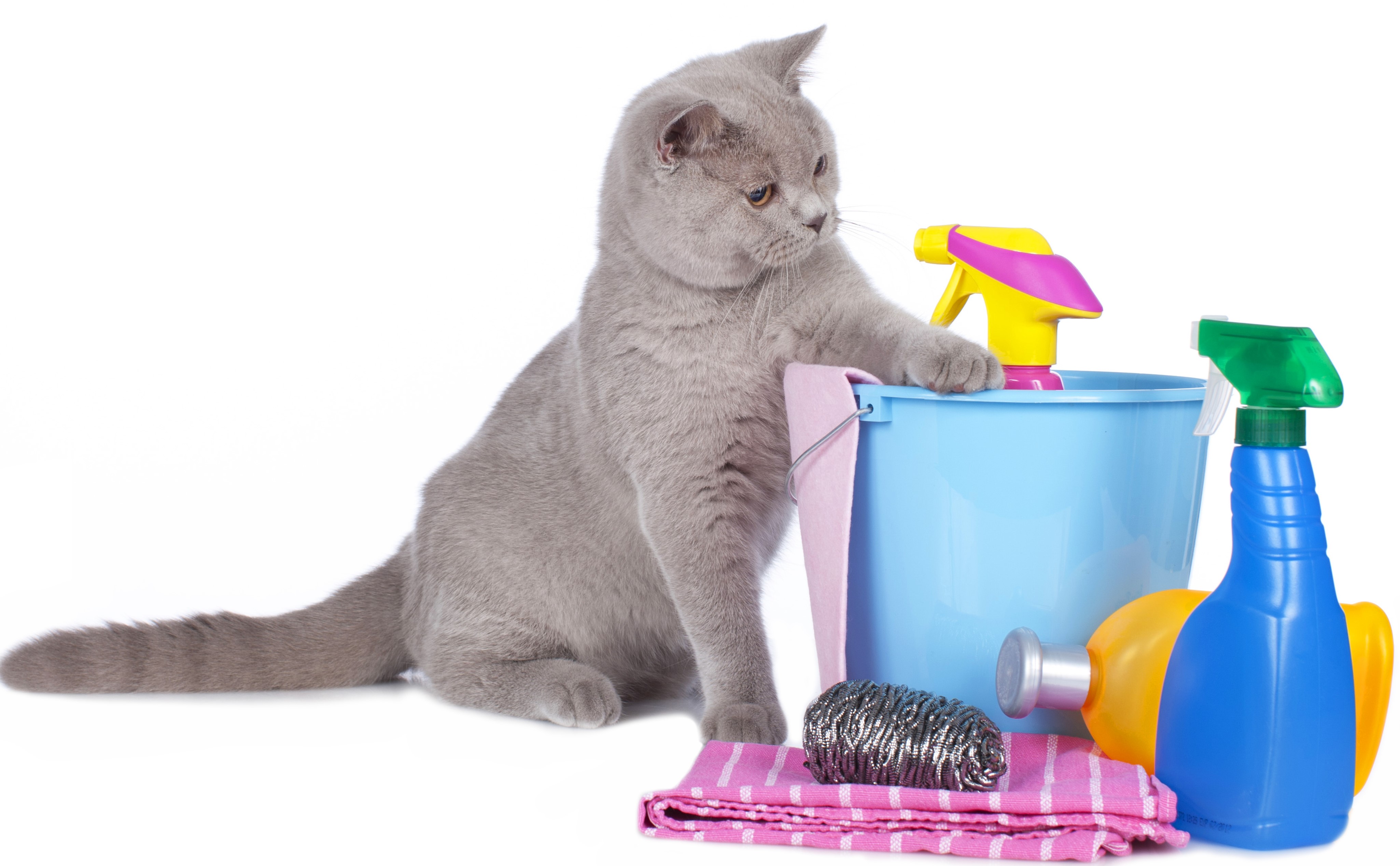
So this is why Vets typically recommend avoiding essential oils altogether for cats, because of the lack of quality control within the essential oil industry.
Remember – Oils Ain’t Oils!!!
Did you know that in Australia, an oil can be labelled as 100% pure even if it contains mostly vegetable oil and synthetic ingredients? So don’t trust your labels!!! This is where the danger lies in using regular brands of essential oils on cats – you simply don’t know what is in the bottle!
I would therefore never use or recommend any brand other than Young Living Essential Oils when working on cats. Why? Because I have visited the Young Living farms, I’ve watched their production process first-hand, I’ve spoken with their scientists, I’ve travelled the world learning from Gary Young (so I know his integrity and passion), and I’ve used the Young Living oils on my cats since 1998, with no problems. For example:
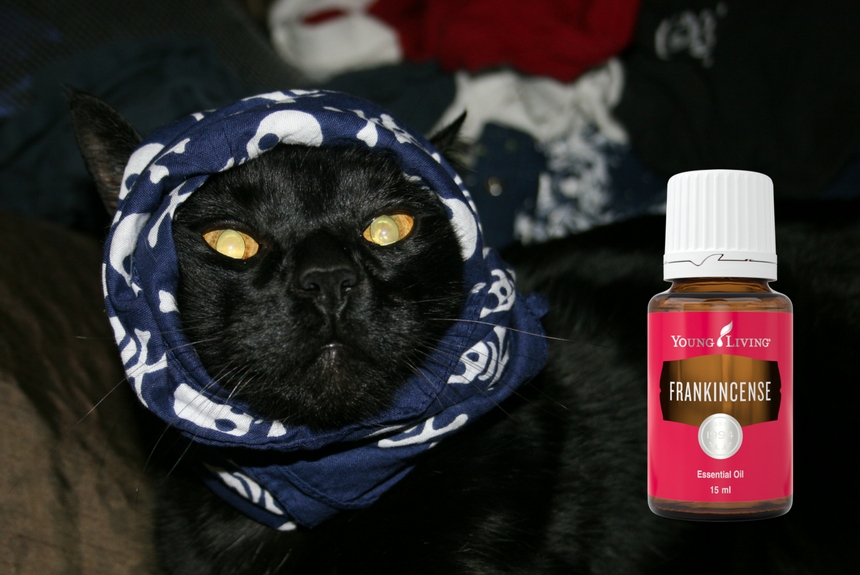 For 2 months I used 6 drops a day of undiluted Frankincense oil on one of my cats. He also had NingXia Red in his water, and Kitty Raindrops every 2 days (I’ll explain about that soon).
For 2 months I used 6 drops a day of undiluted Frankincense oil on one of my cats. He also had NingXia Red in his water, and Kitty Raindrops every 2 days (I’ll explain about that soon).
I had him tested 2 months later by the vet, and there were no signs of liver stress from the oils (i.e. his liver had remained in balance).
Does this mean all cats would respond the same way? No, it doesn’t. As with people, some cats have greater sensitivities to others, so you do need to “listen” to your cat and use common sense.
If your kitty behaves strangely or worsens, naturally discontinue the use of essential oils.
Fact # 3 – use ONLY small amounts of essential oils for cats
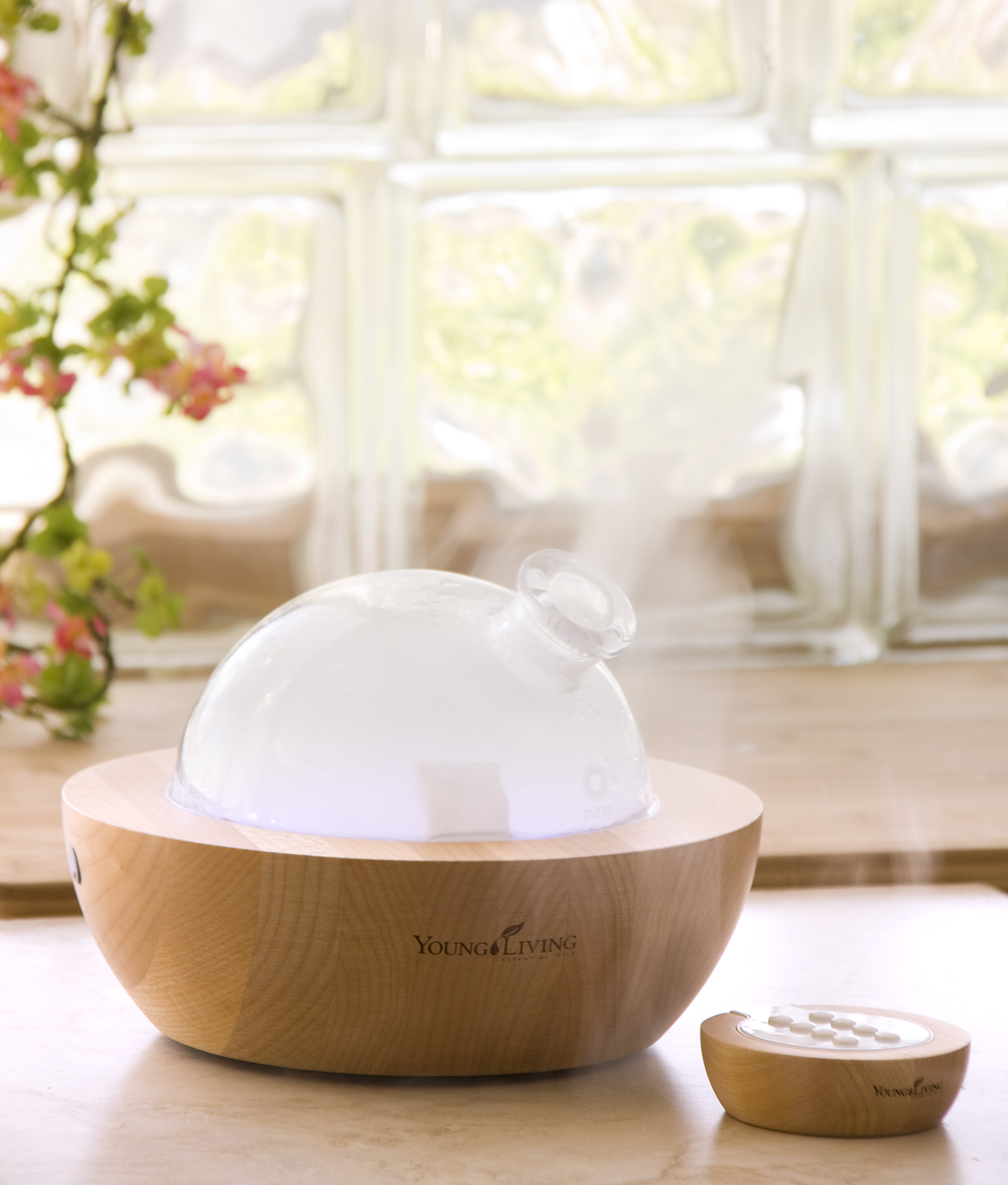 I’ve mentioned that I have used essential oils neat on my cats, however, this is only in very specific circumstances. In general, I would always either:
I’ve mentioned that I have used essential oils neat on my cats, however, this is only in very specific circumstances. In general, I would always either:
- diffuse the oil
- dilute the oil
- use just one drop of neat essential oil (single application, not multiple applications, and avoiding the below list of oils)
If I am using the oil neat and for more than a single application, I am ALWAYS working closely with my Vet so my cat’s progress can be monitored.
Fact # 4 – oils to avoid or heavily dilute
There are some essential oils that I am very reluctant to use on cats, and wherever possible I would choose an alternative oil rather than one of these ones, or I would heavily dilute these before application:

- Wintergreen (more than 90% Methyl Salicylate, a type of phenol, and as mentioned in Fact #1, cats cannot effectively break down salicylates and phenols, so they can only tolerate this if it’s heavily diluted, ie. very minute quantities as it will take them a long time to eliminate it from their system).
- Melaleuca alternifolia (also known as Tea Tree oil), as the neat use of Tea Tree oil, has been implicated in cat poisoning (more on that below Fact #5).
- Citrus oils – I’ve seen many a cat start frothing at the mouth after having neat (undiluted) citrus oils used topically on them. Whilst books will tell you that some cats are happy around Citrus oils and other cats are not if you are going to use a neat citrus oil on or around your cat, watch it’s response carefully. I’d diffuse first, and see if kitty was happy to stay in the same room as the diffuser. I personally use Orange oil in my household cleaning solution (you’ll find the recipe in this bulletin), and my cats have never demonstrated any aversion to it in this very diluted form.
I would also always heavily dilute oils that are high in phenols, such as Basil, Cinnamon Bark, Clove, Laurus nobilis, Melaleuca alternifolia and Melaleuca quinquenervia, Mountain Savory, Oregano, Thyme and Wintergreen.
Fact # 5 – Each cat is unique – what works for one doesn’t work for all
Your cat will let you know their likes and dislikes, so pay attention and always keep a close eye on their behaviour when you have essential oils around. They share your life and your home, so be respectful of their needs.
I have one cat who loves Peppermint oil, and will even lick the lid of the bottle. And I have 2 more cats who will run away from me if I open a bottle of Purification or Peppermint oil near them, because they find the smell so overpowering to their sensitive noses.

Tea Tree oil and cats
I was interested to read through the following scientific research papers on pubmed.com, related to Tea Tree (Melaleuca alternifolia) oil and cats.
Concentrated tea tree oil toxicosis in dogs and cats: 443 cases (2002-2012)
by S.A Khan, M.K. McLean and M.R. Slater. Journal of the American Veterinary Medical Association 2014 Jan 1;244(1):95-9. doi: 10.2460/javma.244.1.95.
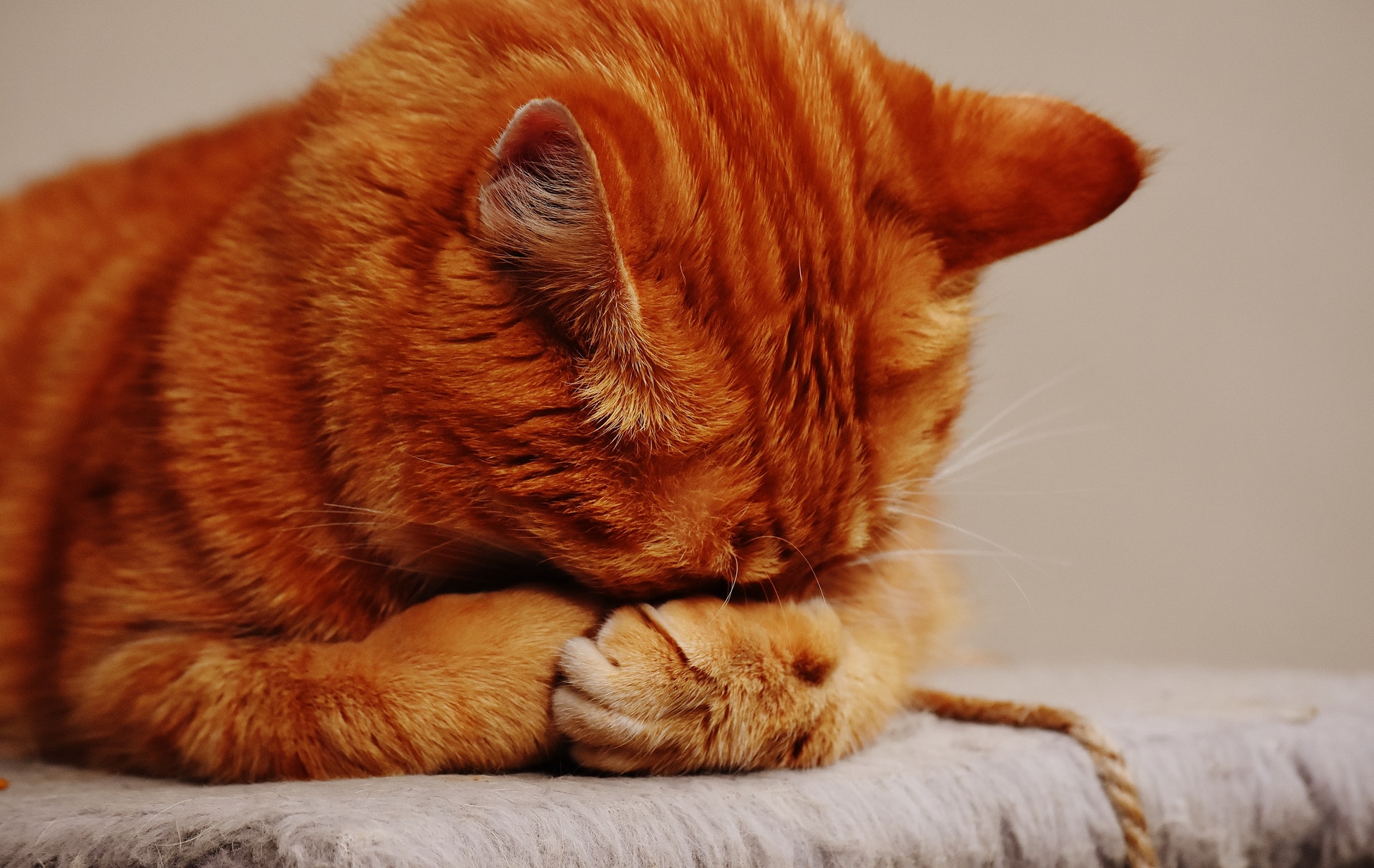 Well, that sounds interesting! They reviewed the cases of 337 dogs and 106 cats who had been exposed to neat (undiluted) Tea Tree oil over that 10 year period. They found that the clinical symptoms of drooling, lethargy, muscular weakness, tremors and loss of motor control typically developed within 2 to 12 hours of exposure, and lasted for up to 72 hours.
Well, that sounds interesting! They reviewed the cases of 337 dogs and 106 cats who had been exposed to neat (undiluted) Tea Tree oil over that 10 year period. They found that the clinical symptoms of drooling, lethargy, muscular weakness, tremors and loss of motor control typically developed within 2 to 12 hours of exposure, and lasted for up to 72 hours.
I didn’t find any indication that the animals died from the exposure, although some of the smaller and lighter cats did end up very sick from the exposure. But in this study the animals were given anywhere from 0.1ml, and up to 85ml of Tea Tree oil (topically or ingested). 0.1ml is equivalent to 2 drops of undiluted essential oil, whereas 85ml is equivalent to 1700 drops!!!!
And how about this next research study?
 Toxicity of Melaleuca oil and related essential oils applied topically on dogs and cats
Toxicity of Melaleuca oil and related essential oils applied topically on dogs and cats
by D. Villar, M.J. Knight, S.R. Hansen and W.B. Buck. Veterinary and Human Toxicology 1994 Apr;36(2):139-42.
This paper reviewed cases of Tea Tree oil toxicosis that vets had reported to the National Animal Poison Control Centre when the oil was applied topically to dogs and cats.
The study went on to say that:
In most cases, the oil was used at inappropriately high doses, and that treatment of the symptoms as well as supportive care had been sufficient to achieve recovery within 2 to 3 days.
So what does that tell us? We know that essential oils in “inappropriately high” quantities can be harmful and even fatal to cats and that veterinary intervention will be needed if these symptoms of toxicity occur. However, it also reveals that in most cases where overdosing has occurred, the animals have recovered, thanks to this timely Vet intervention and care.
What if I’ve overdosed my cat?
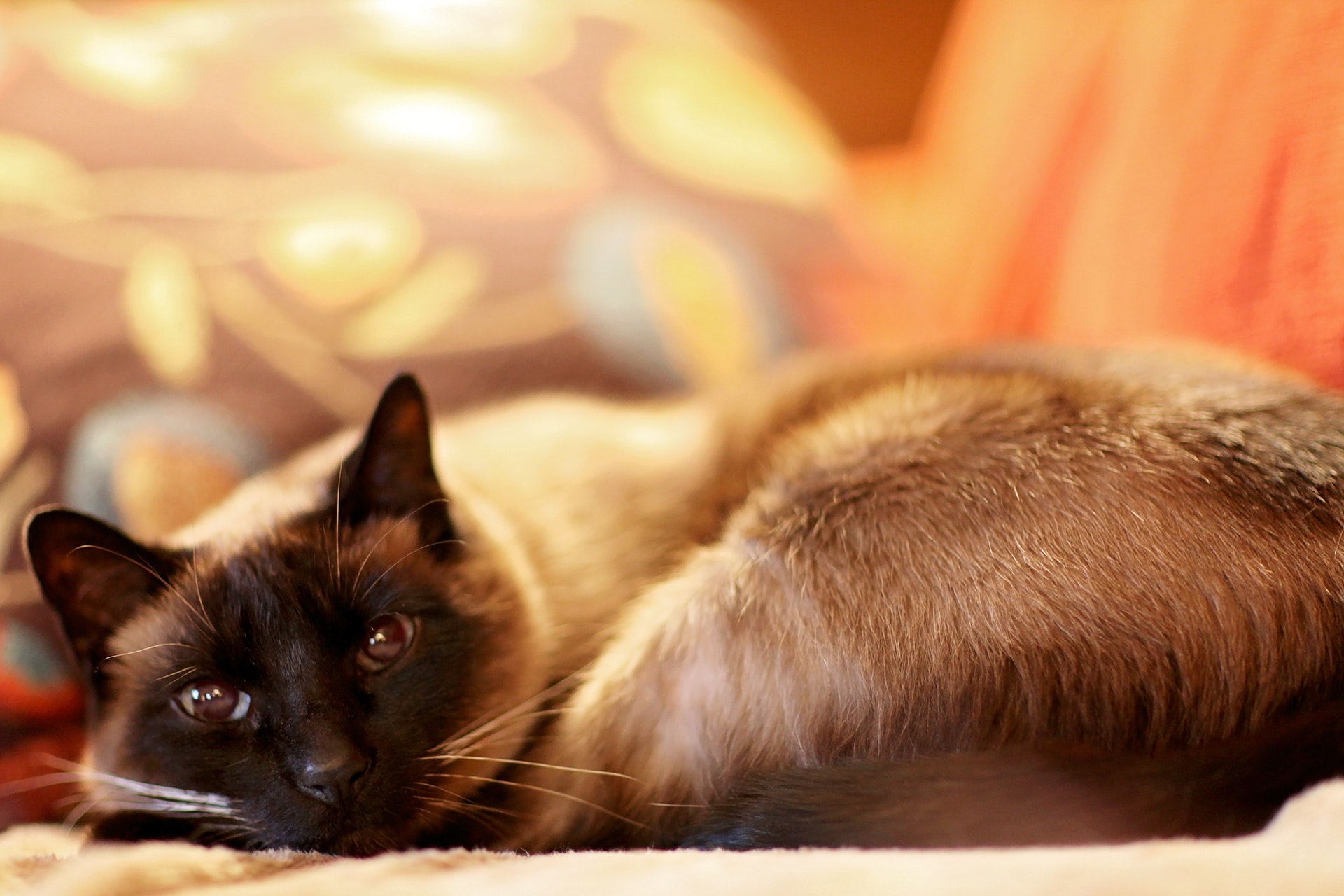
I did hear once of someone who had given their cat a full Raindrop Technique without diluting the oils first (ie. their cat ended up with probably 30 drops or more of neat essential oils up their back). Many of the Raindrop Technique oils are high in phenols, so from reading this article, you can understand why there was a problem!
This cat did survive the experience, but only thanks to veterinary intervention and IV fluids.
If your cat is exhibiting one or more of the following symptoms after administering a drug or essential oil, take them to the vet for immediate assessment:
- Agitation
- Drooling
- Lethargy
- Muscular weakness
- Tremors
- Loss of motor control
Click here for Part 2…
If you’re not already receiving our weekly
Raw Divinity bulletin, CLICK HERE to subscribe
